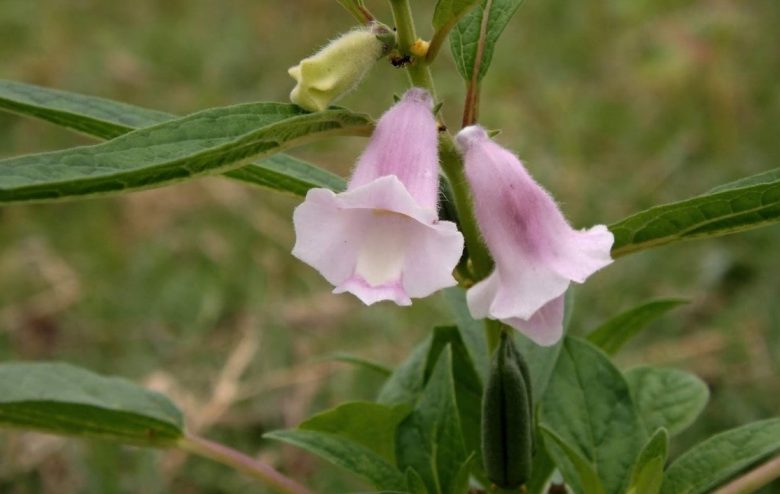- Gender
- Male
- Device
- Honor Magic5 Lite - Android 13
- Country
- Sbennytopia
The sesame (Sesamum indicum) is a plant belonging to the family of Pedaliaceae. The cultivated sesame species is probably native to Ethiopia and is considered among the oldest oil plants used in human nutrition. Even at the beginning of the third millennium BC this herbaceous species was one of the most important crops in the Persian region, from which it spread both to the east, towards India, China and Japan, and to the west, towards Europe. Later, first the Greeks and Romans, then the Arabs, contributed to its spread in the Mediterranean basin. Today the world’s largest producers are India, China and other Asian countries. In Italy it is a marginal cultivation, historically practiced in Sicily, but which should be enhanced, due to the excellent demand that the finished product has on the market. In fact, sesame is in great demand in the form of seeds and oil.
In this article we see the botanical classification of the plant, the cultivation techniques, the properties and uses of the Sesame seeds andsesame oil.
Description of the sesame plant

The plant Sesamum indicum it is a herbaceous species with taproot, which develops erect stems of 30-60 cm in height.
The post continues on our Blog: Sesame. Cultivation and properties of seeds and oil
What do you think about it? Feel free to reply below!
In this article we see the botanical classification of the plant, the cultivation techniques, the properties and uses of the Sesame seeds andsesame oil.
Description of the sesame plant

The plant Sesamum indicum it is a herbaceous species with taproot, which develops erect stems of 30-60 cm in height.
The post continues on our Blog: Sesame. Cultivation and properties of seeds and oil
What do you think about it? Feel free to reply below!

